Electric cars have come and gone over the years, gaining and waning in popularity as eco-friendly fashions have flared and faded, but this time they’re here to stay. Of course, the government’s proposal to ban the sale of new internal combustion-engined cars by 2032 plays its part in their assured future, but it’s the recent rash of battery-powered superminis that really points the way to their permanence.
Small cars are big business but the margins are slim, so to invest hefty sums packaging them with expensive electrical internals is as strong an EV endorsement as you’ll get from the automotive industry. Almost all of the major players are in the process of launching a pure-electric supermini or city car, while many have already arrived.
Perhaps the most eagerly anticipated is the Mini Electric, which has been on the cards since the Mini E began field trials over a decade ago. While rivals have taken a cooking approach to their EV babies, Mini has spiced up its offering with a 181bhp motor (shared with the BMW i3s) and Cooper S badging, making this a hot hatch without the environmental hitch.
The 134bhp Peugeot e-208 (you can leave your Yorkshire-tinged French hatchback jokes at the door) trails the Mini on performance but promises greater practicality, both in terms of the space available in its five-door shell and its promised 217- mile range. The Mini can muster just 144 miles, although the claims for all three cars here should be taken with a pinch of salt, as we shall see.
Both have to give best to the 238-mile WLTP figure for the Renault Zoe, which appears here freshly facelifted and complete with a more powerful motor – now 132bhp – and greater stamina from larger 52kWh lithium ion cells. Unlike its rivals here that have been developed to be propelled by fossil fuels as well as electricity, the Renault is exclusively an EV. It’s also Europe’s best-selling small electric car by miles.

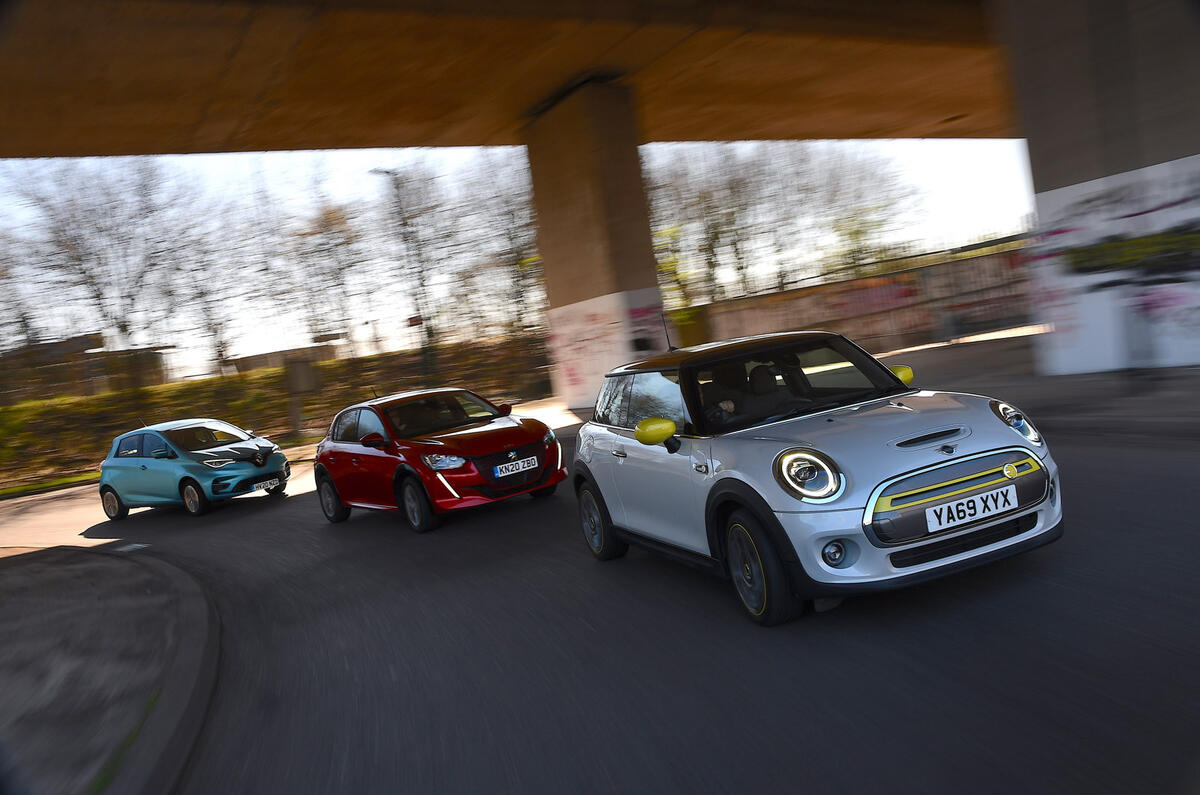
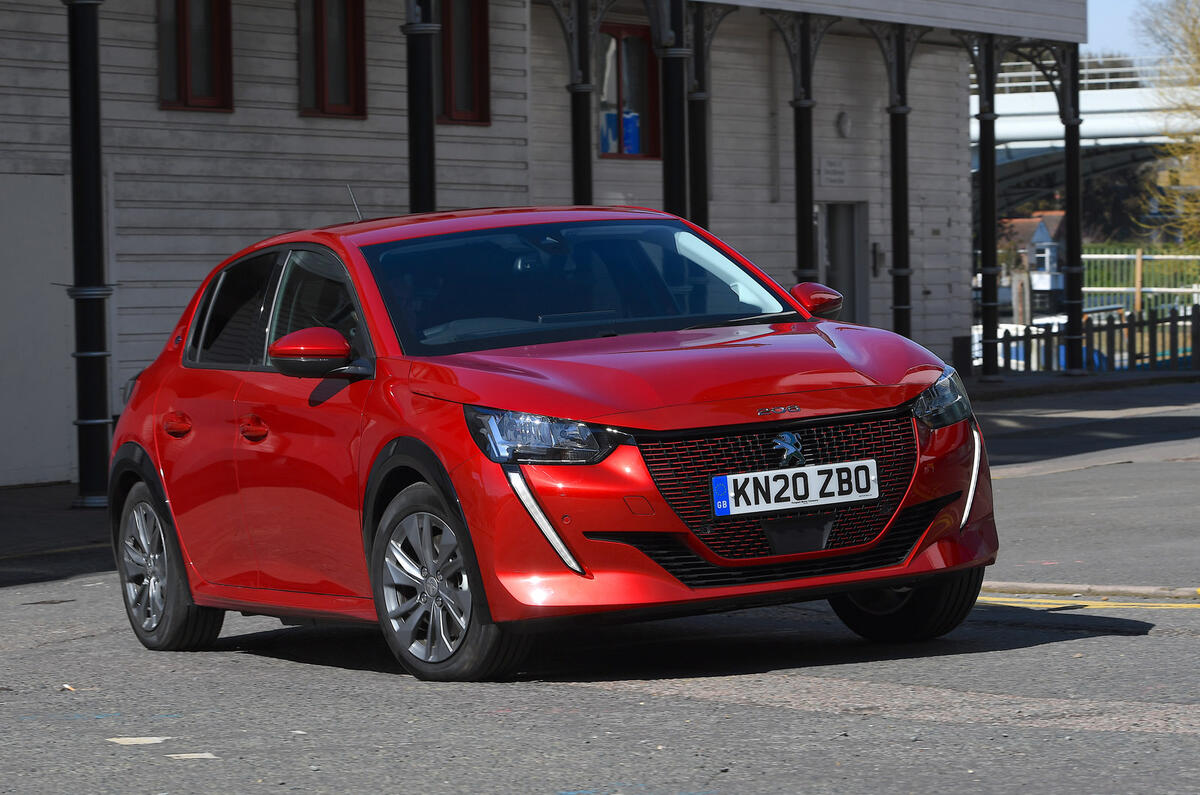
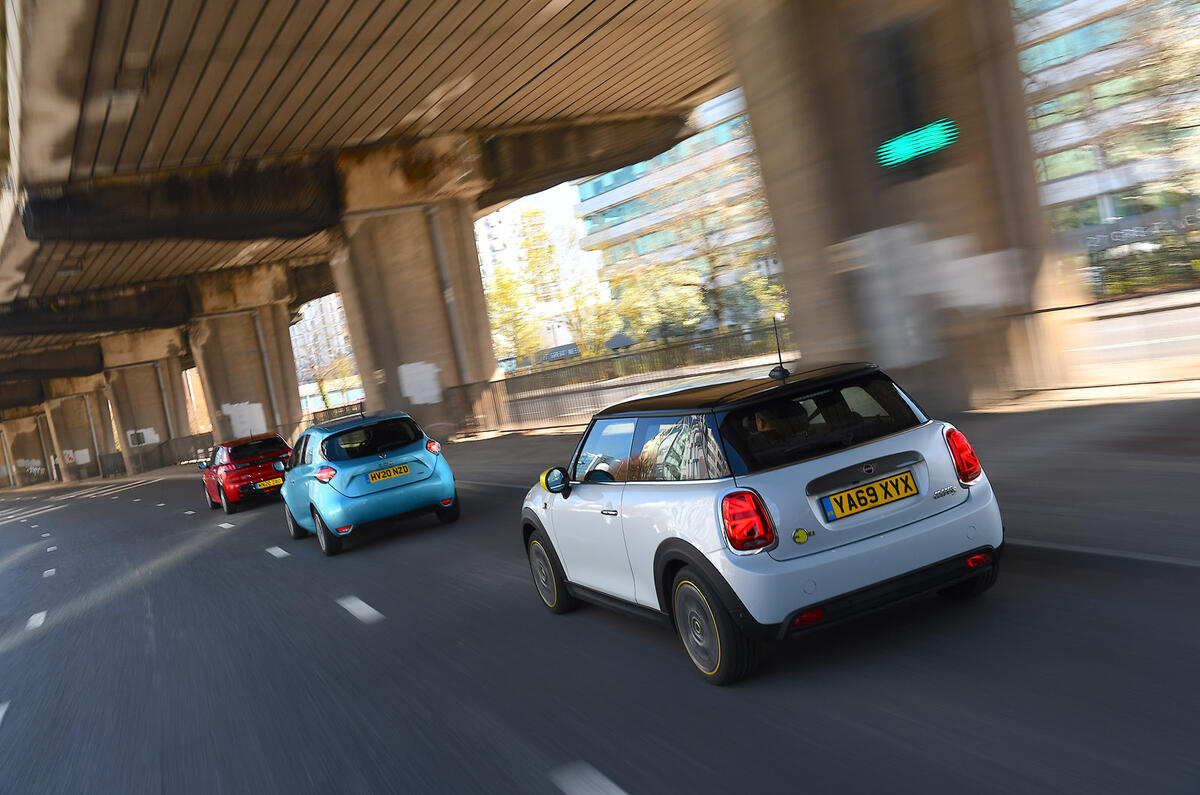
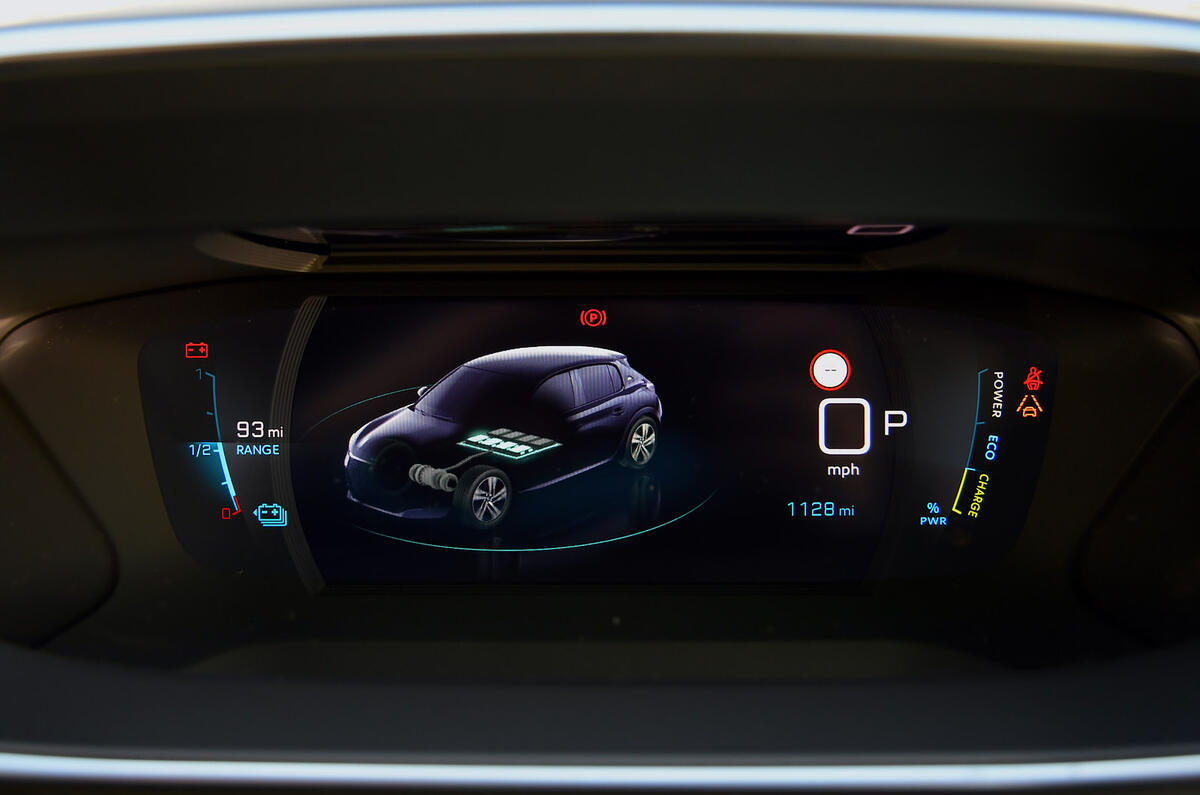
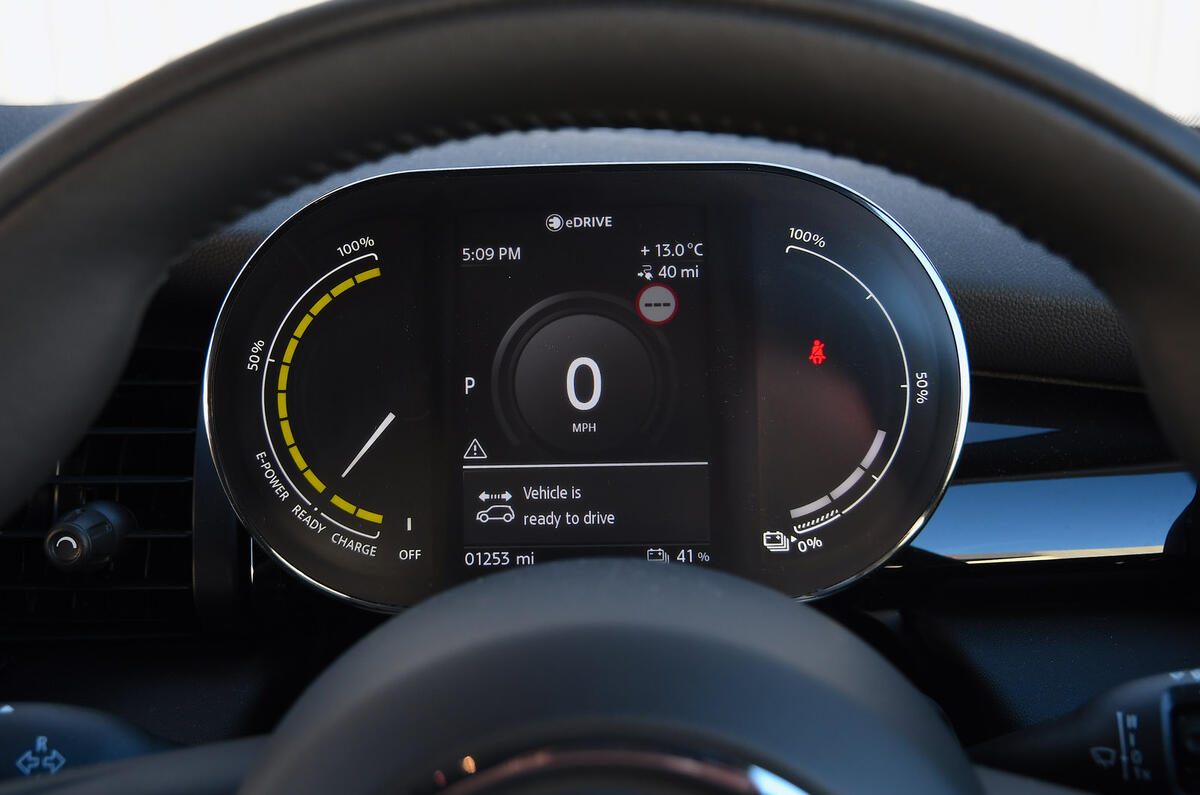
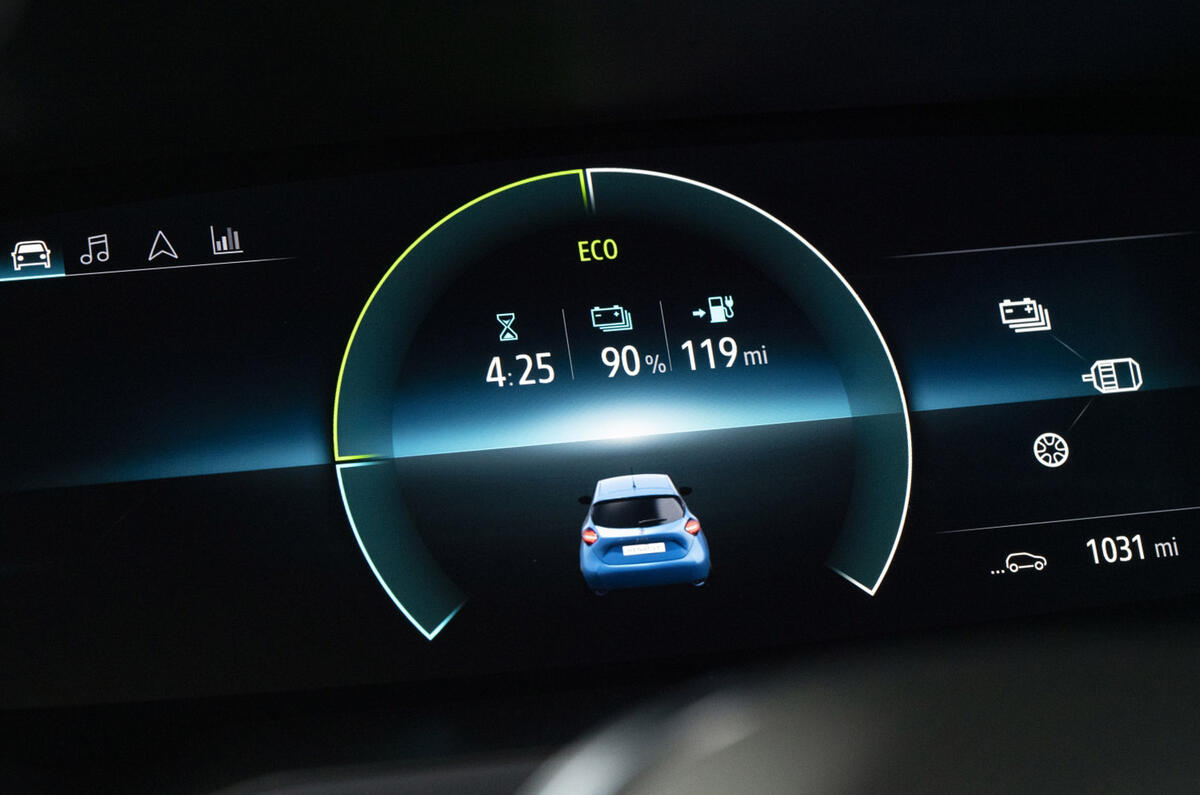
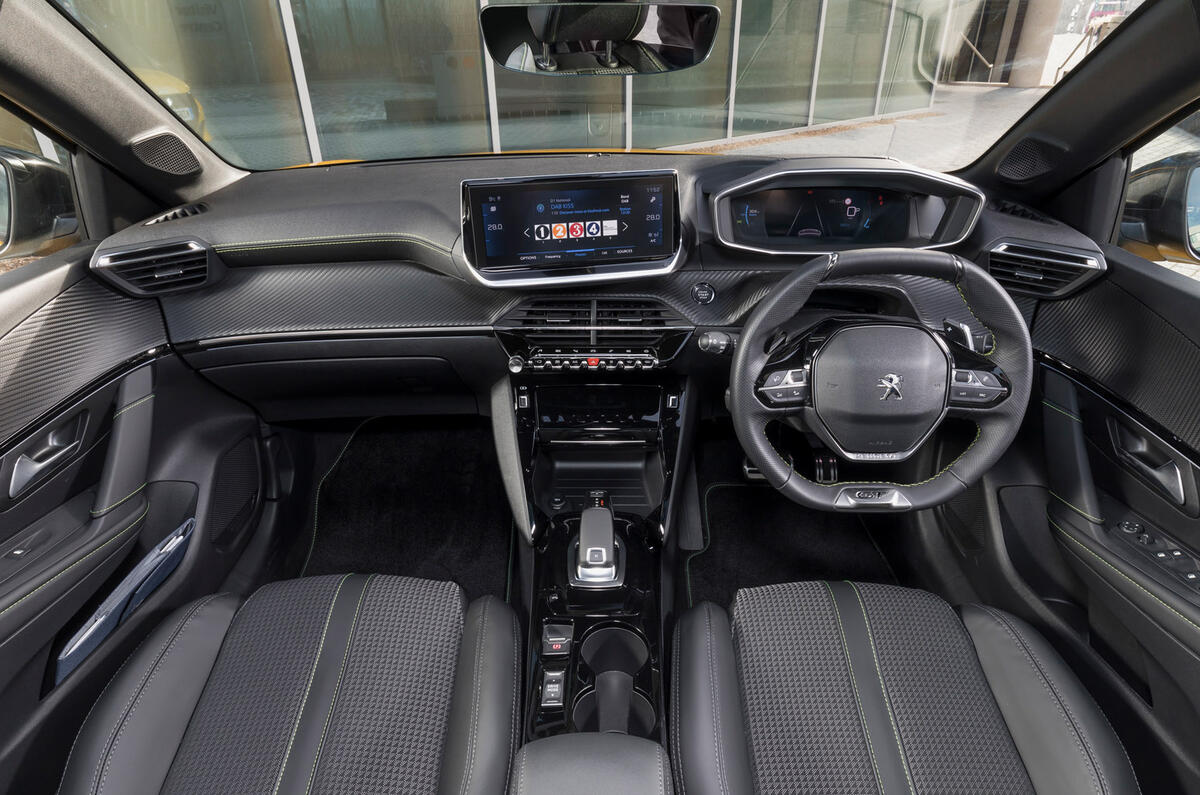
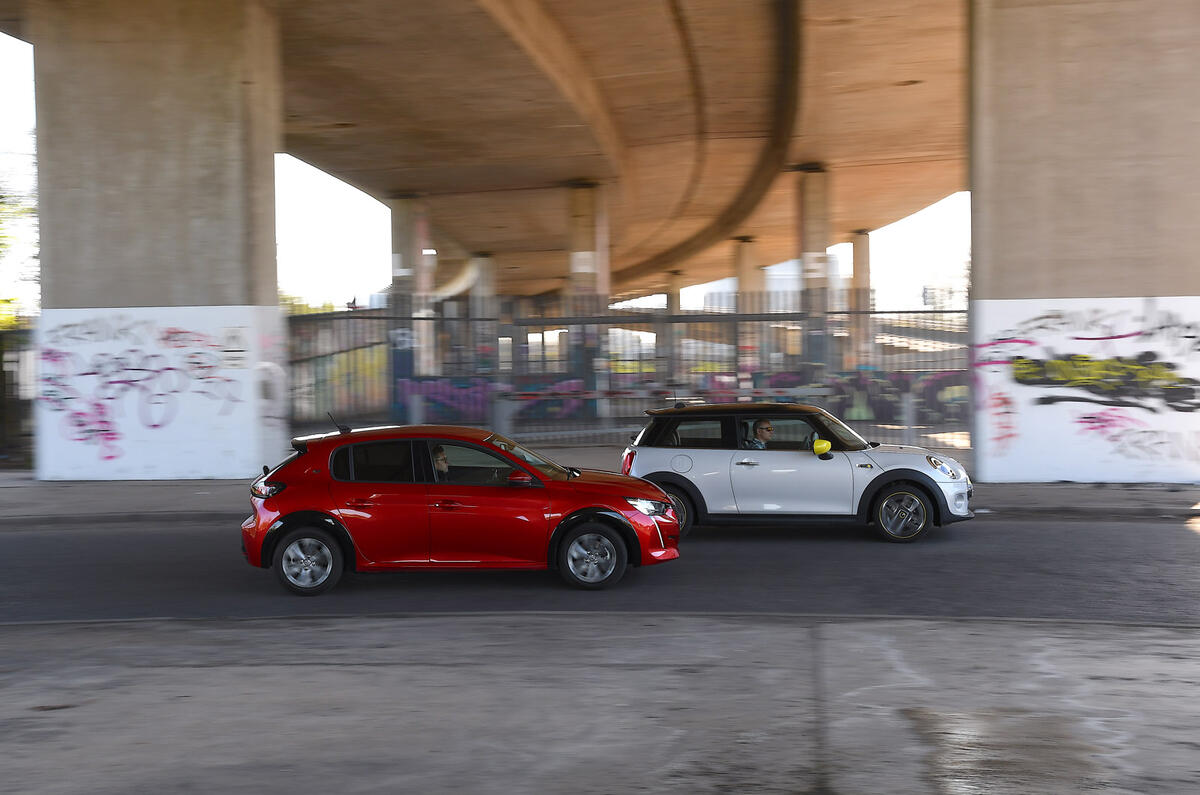
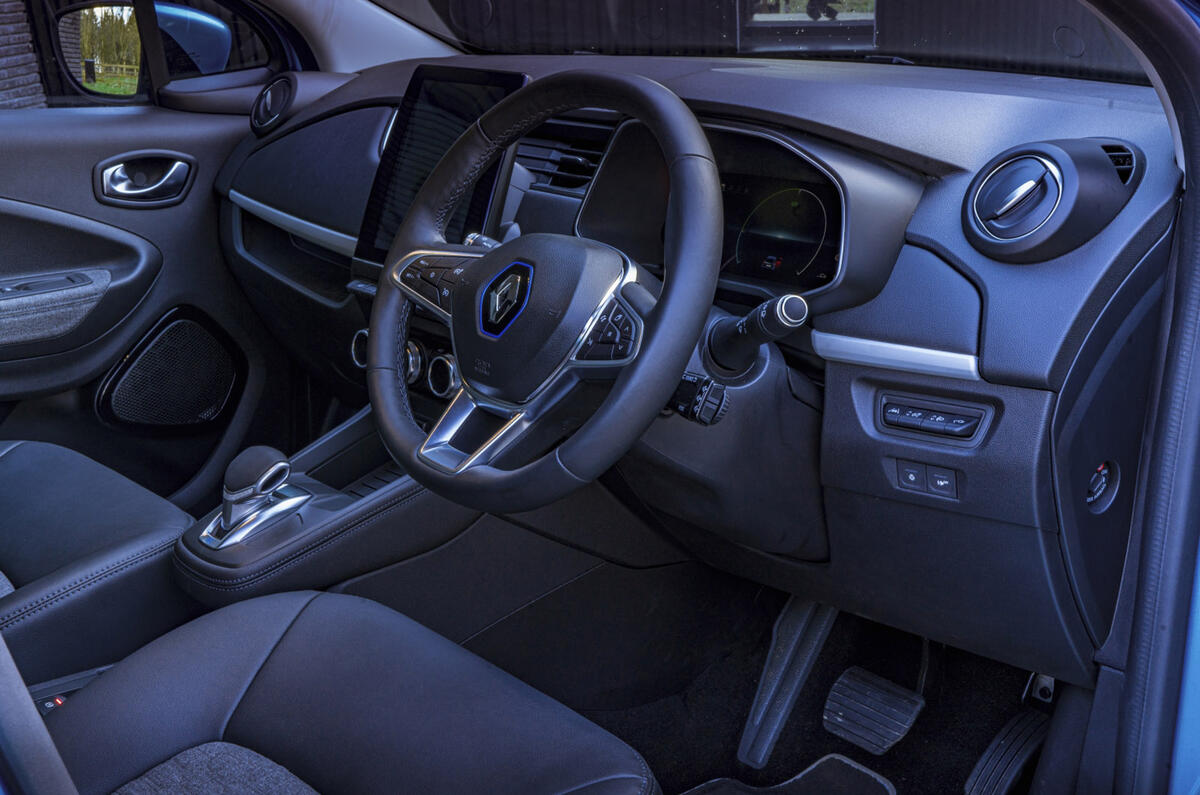
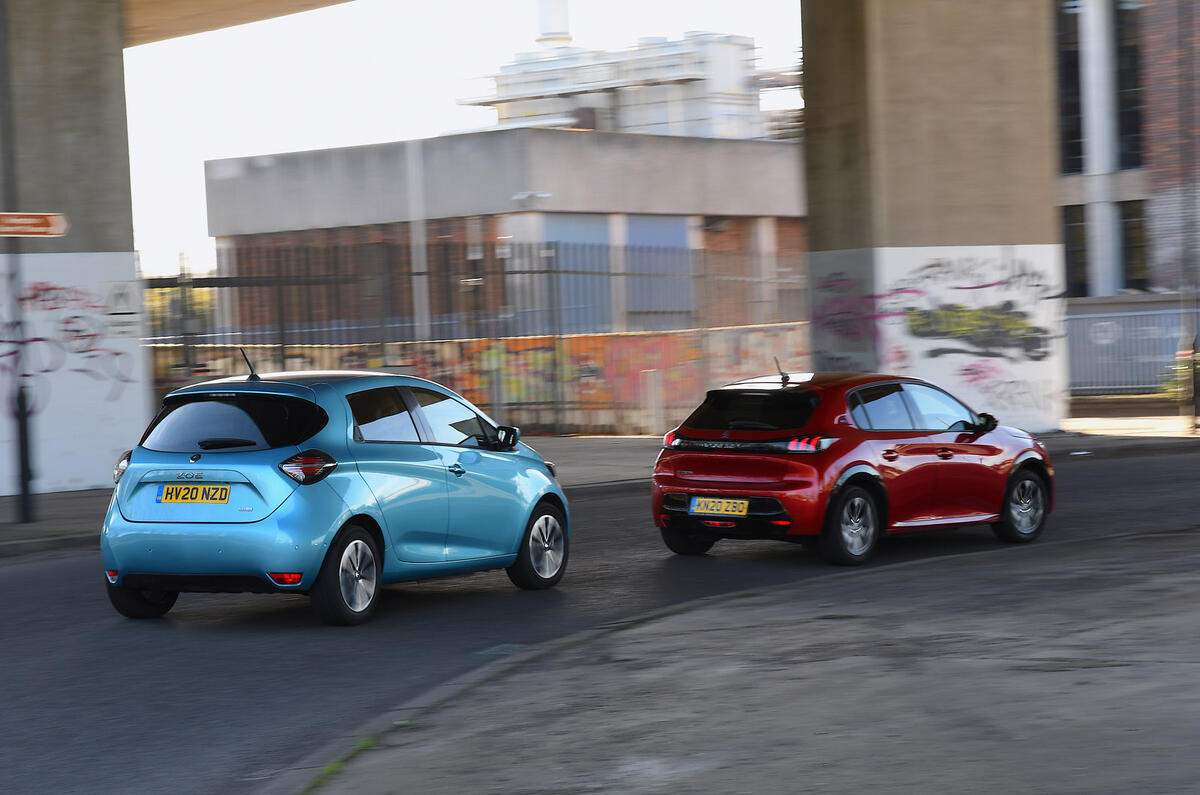
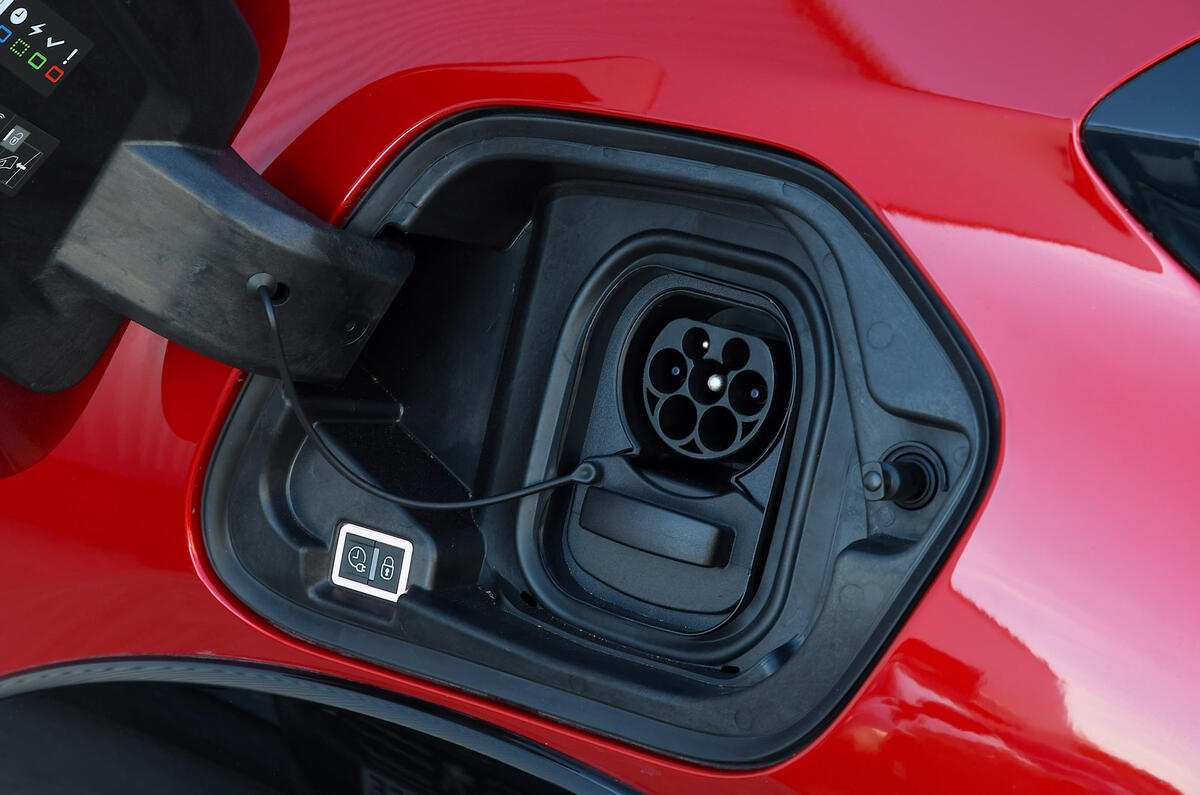
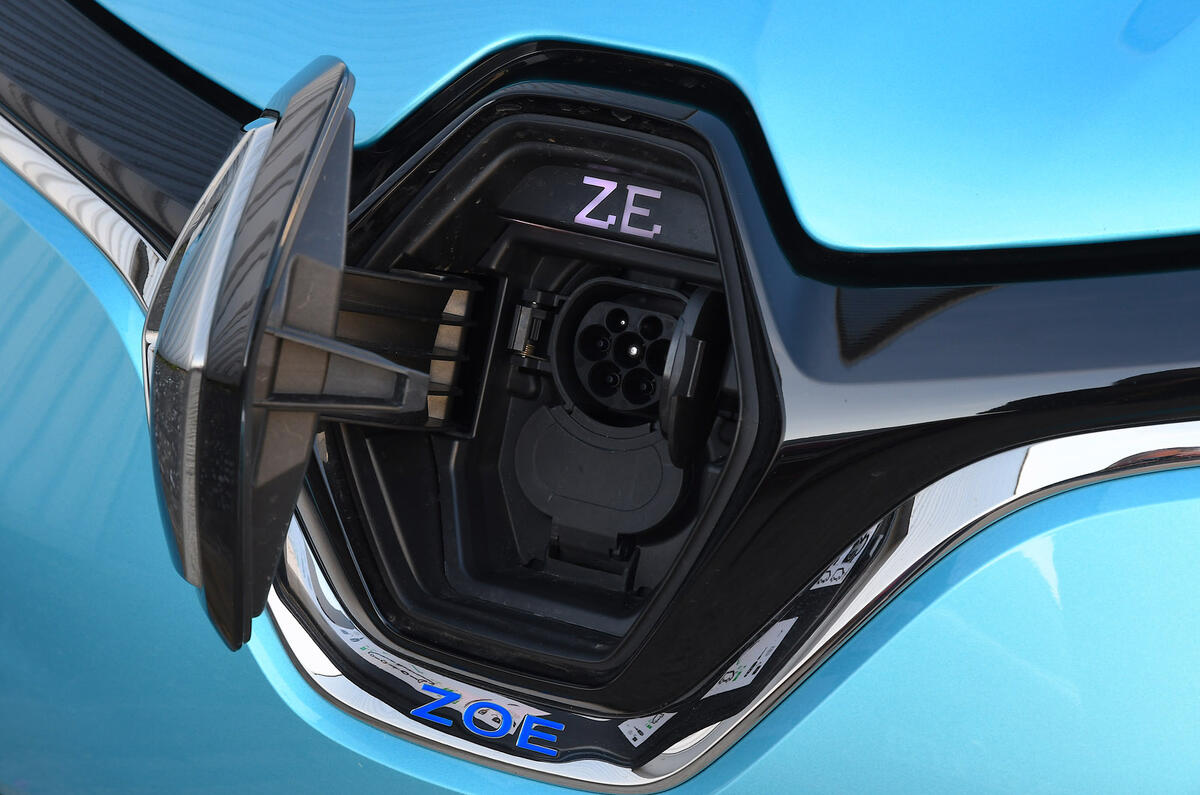
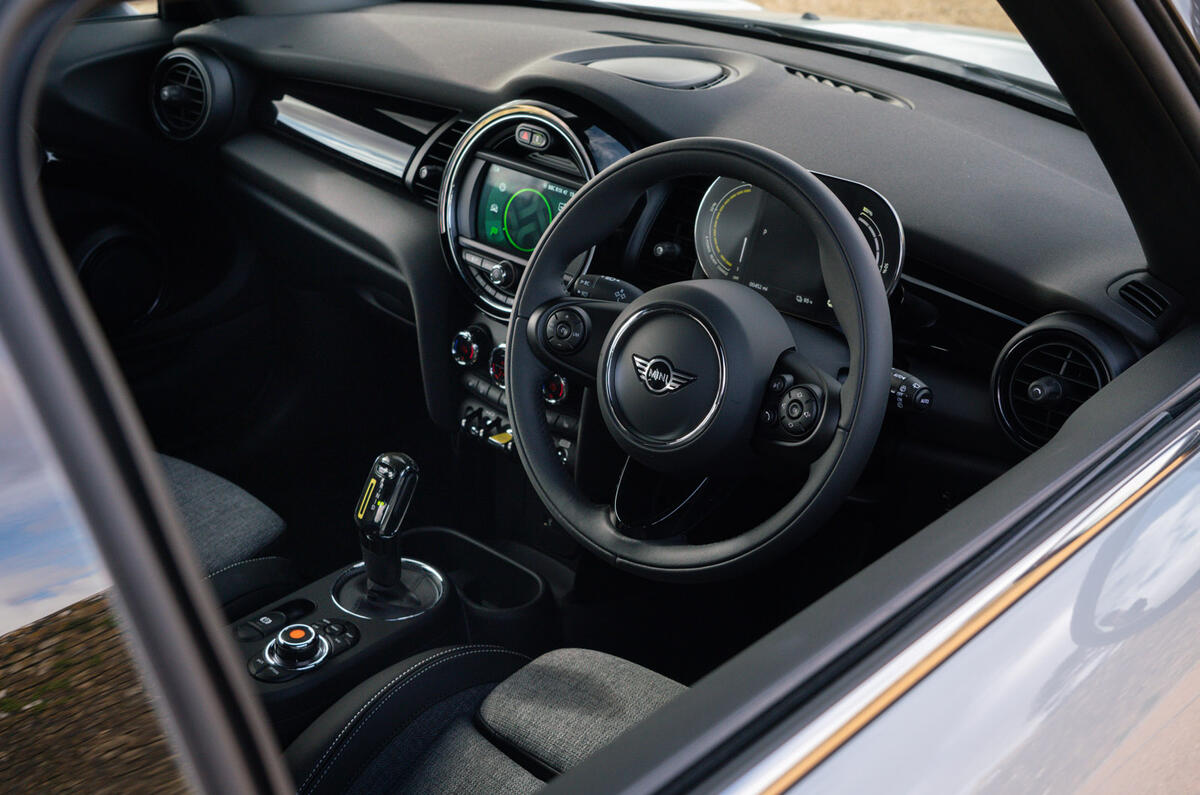
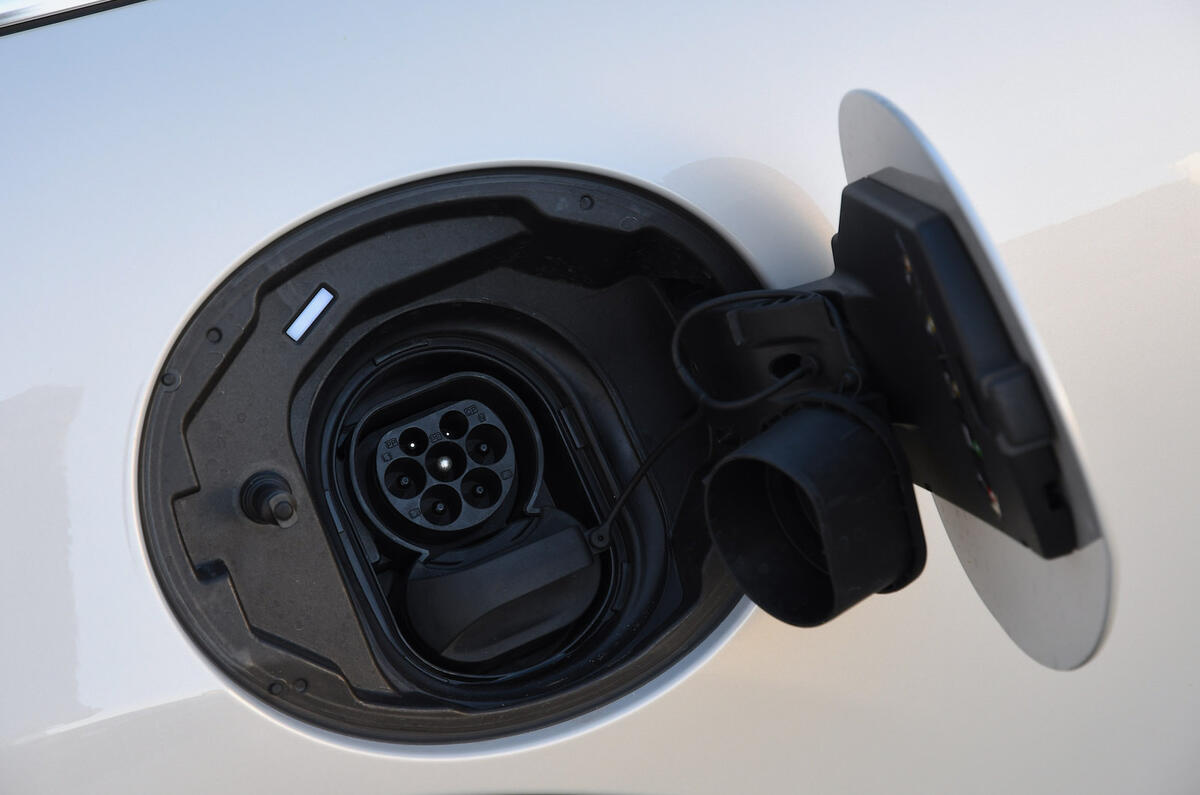
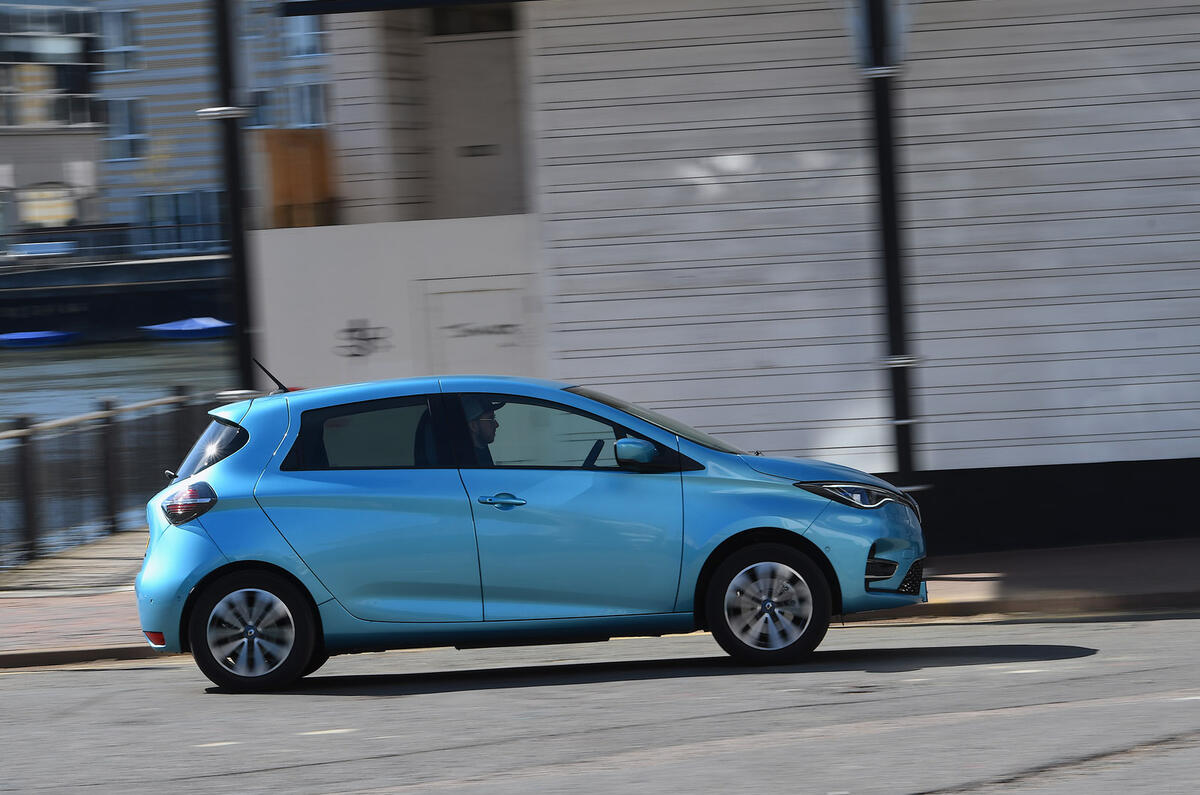
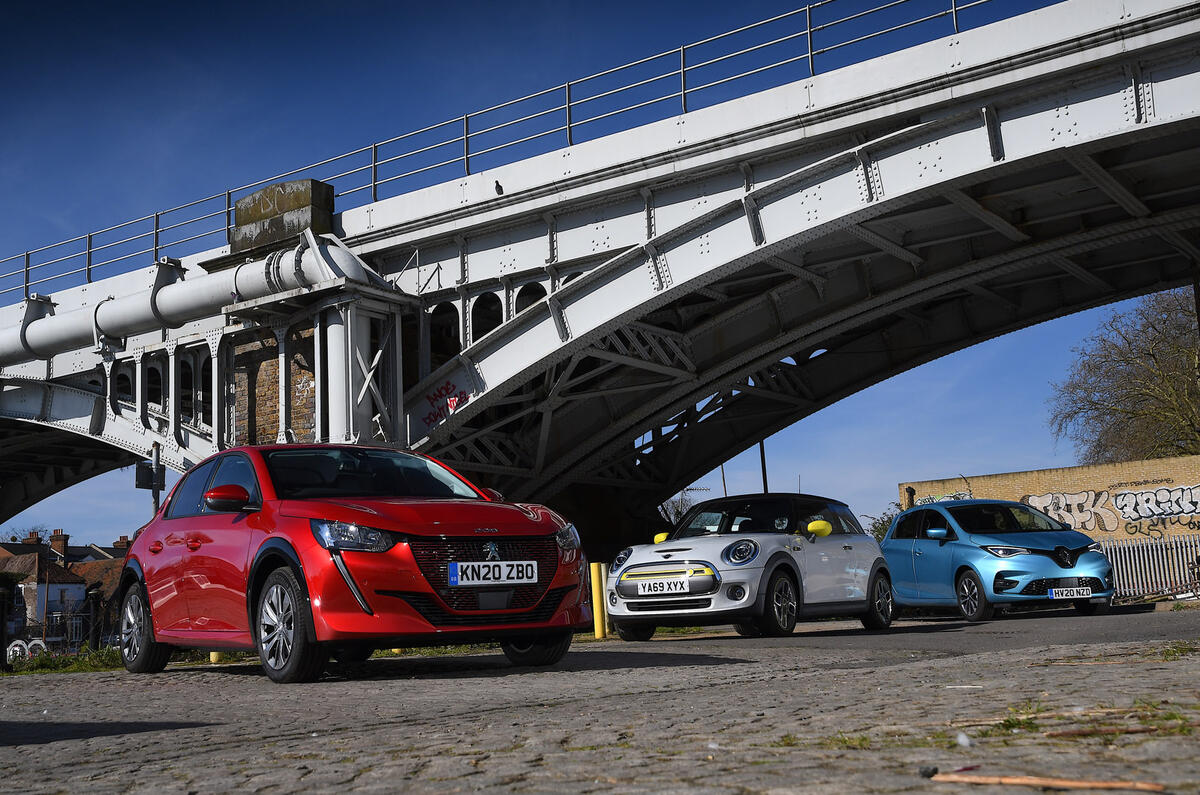
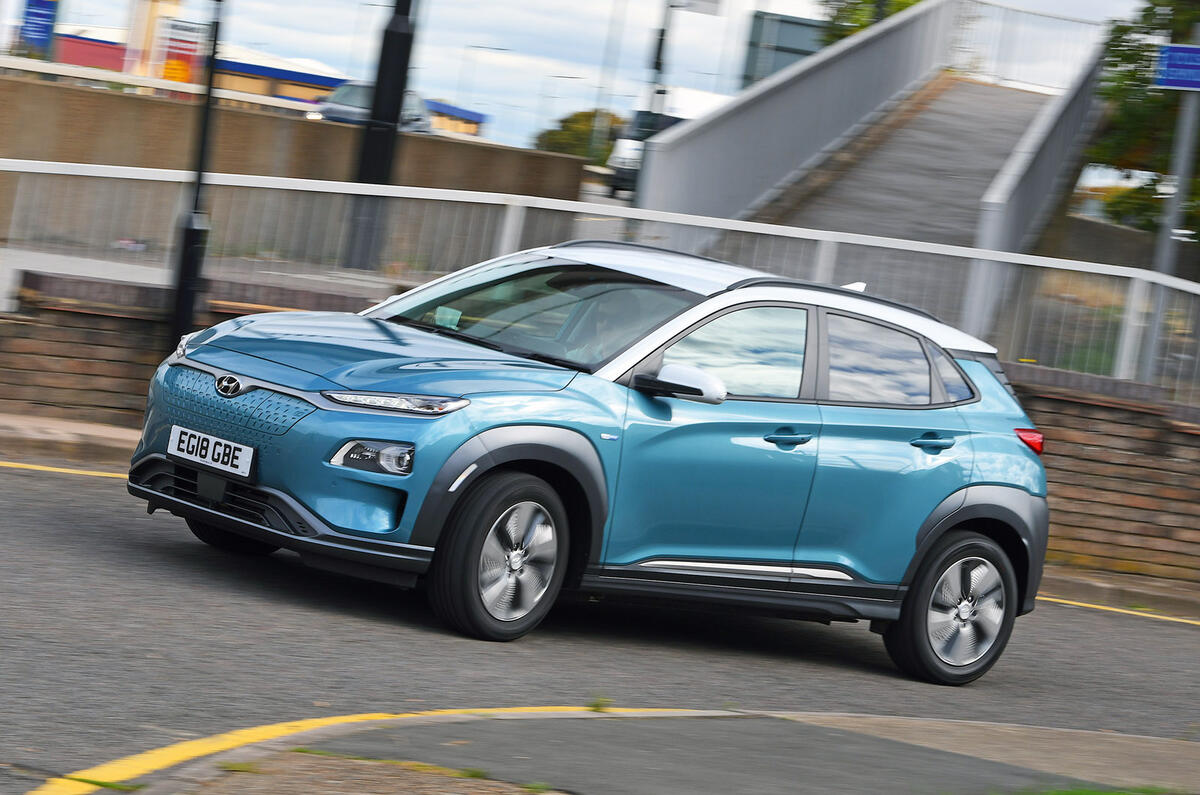
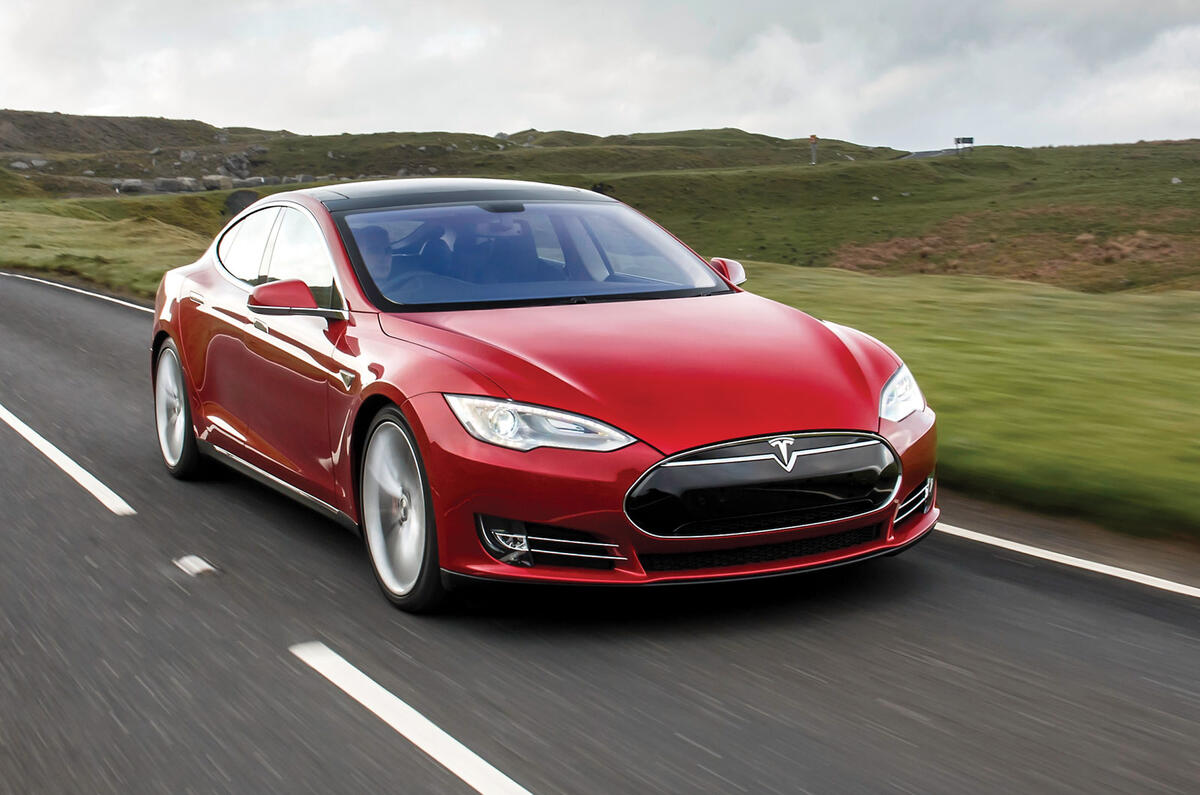
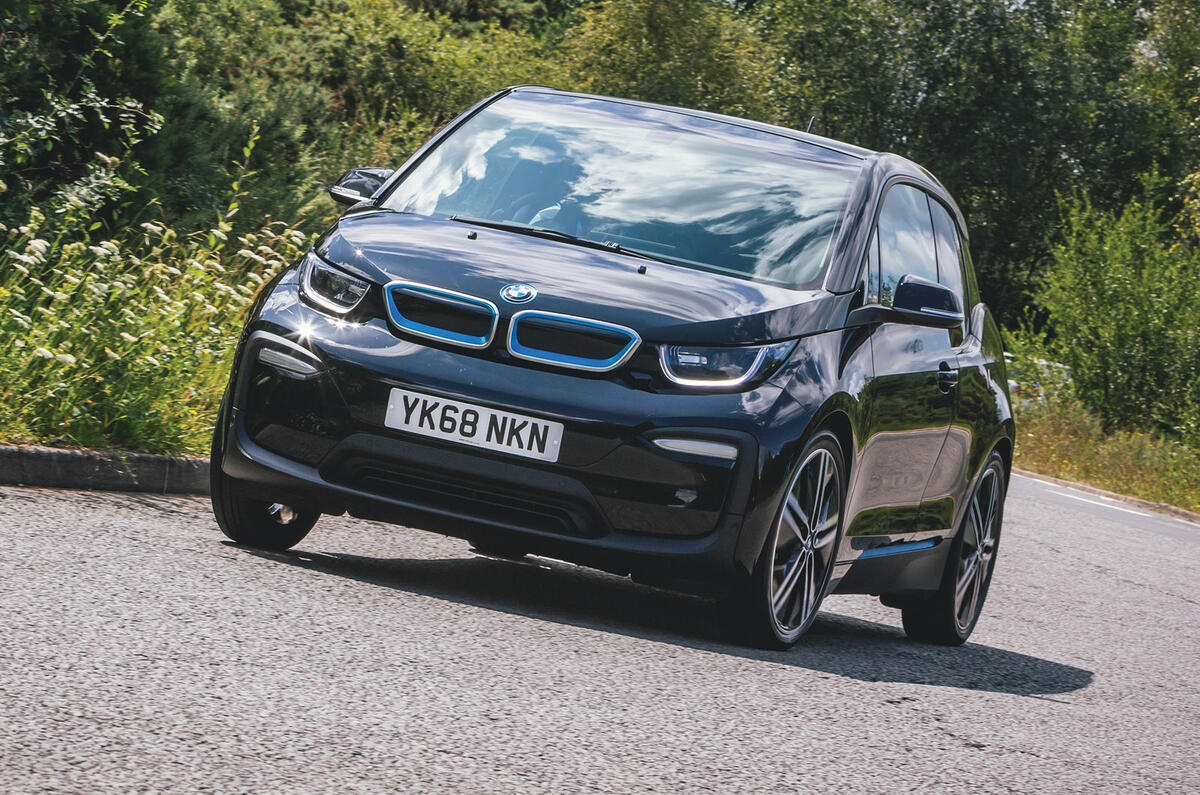
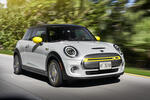
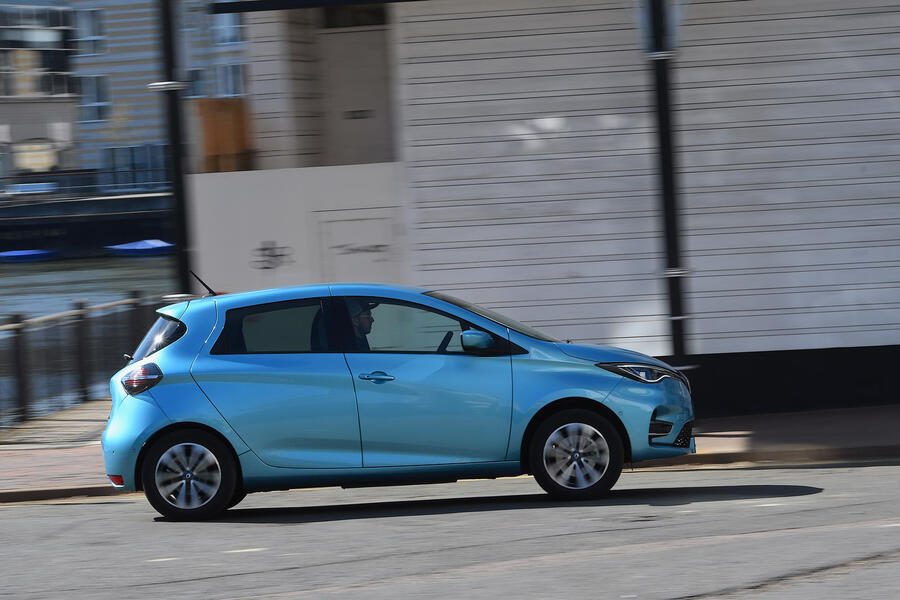
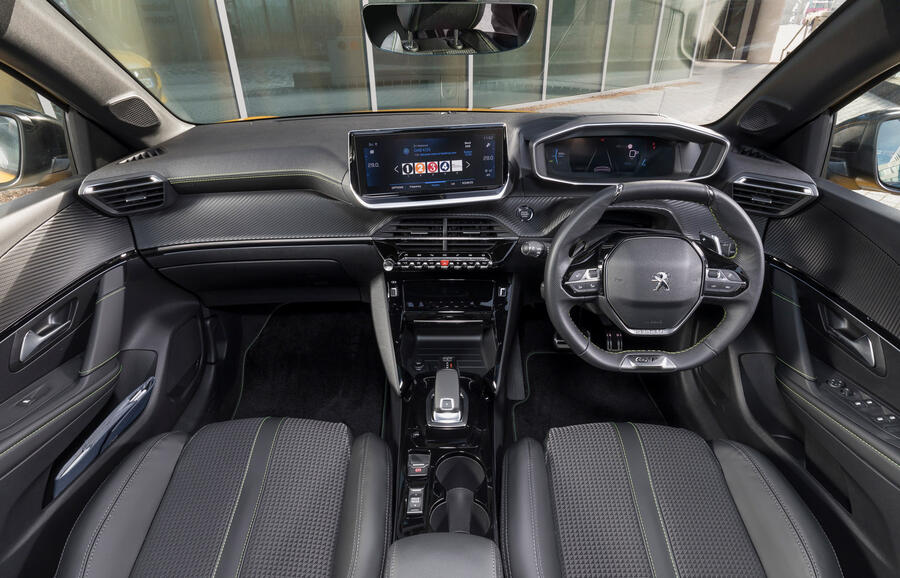
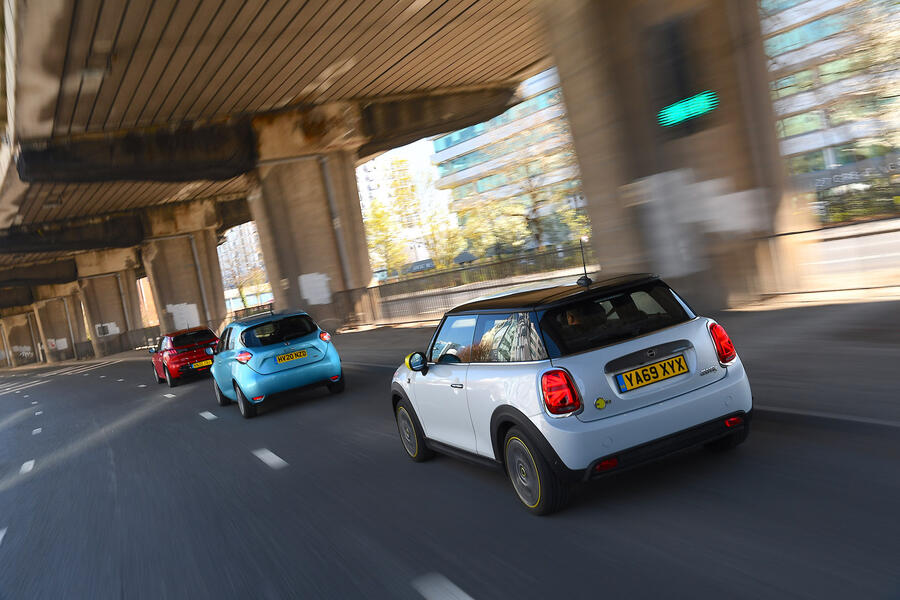
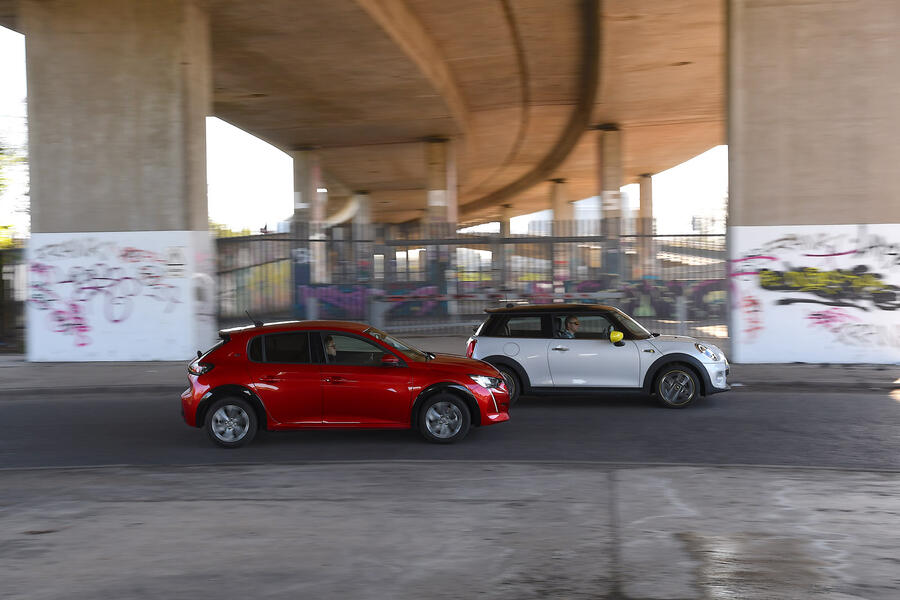
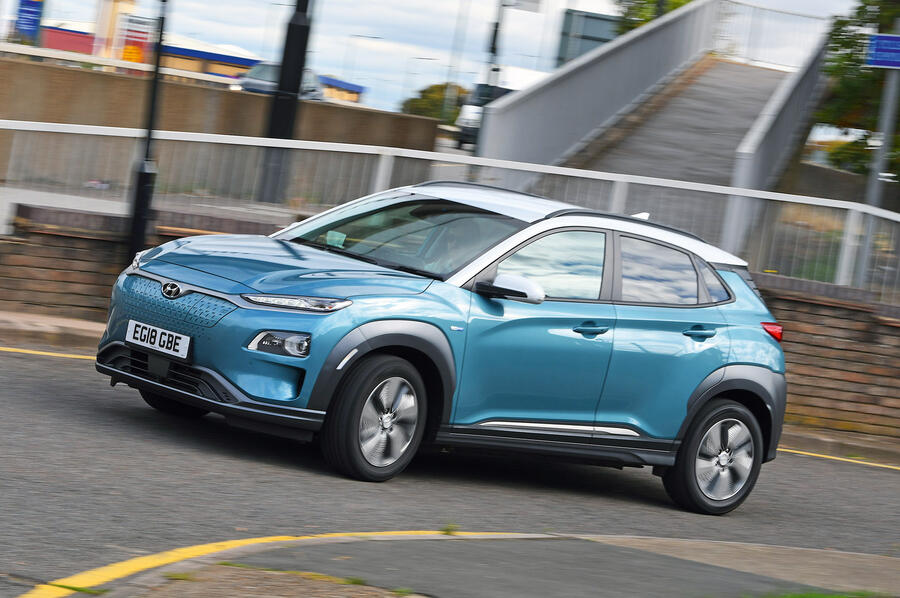
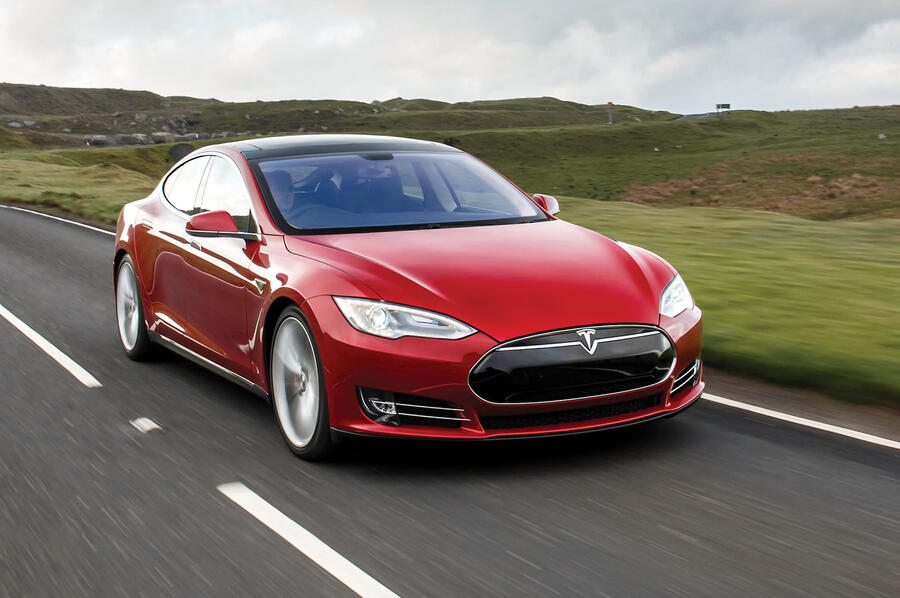
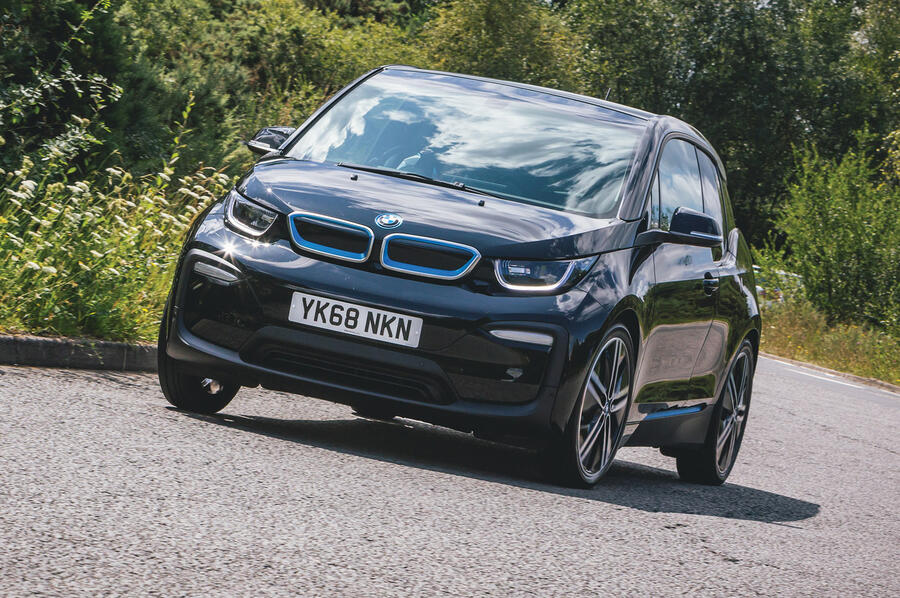

Join the debate
scrap
The opening paragraph of this
The opening paragraph of this article makes very little sense. EV sales have been minimal until recently, but - until Tesla came along - small cars were where most of the action was.
And if you are going to do a meaningful small electric car test, where is the Honda E?
polo the hole t...
The Honda will be sitting at
The Honda will be sitting at some compound awaiting delivery if even built so no point testing cars that customers do not have registered and on the road.
macaroni
What a miserable future awaits us...
...if these 3 cars, starting at £25k, that aren't very fast and need a 3 hour top up every 100-150 miles are going to be the bread and butter superminis.
I'm off out to cuddle my Alfa 147.
abkq
Miserable future?
Miserable future?
Oh no, it's a future that is more environmentally sustainable, it's a future of silent and smooth running cars, it's a future that keeps pace with the conceptual & executional economy of the digital world (EVs have far fewer mechanical parts and oily bits than ICE cars)
While the informational world has embraced the electronic revolution with amazing results it's absurd that cars have retained the ICE for so long. Essentially the modern ICE engine is no different from its Victorian ancestors.
Citytiger
abkq wrote:
Remind me again how all of your shopping arrived at the supermarket, I dont think it was delivered by EV, still of course, if you are self isolating, and want home delveries, I dont think many of them are using EV's for that either, perhaps you can survive without ICE power, but I suspect not, unless of course you are a Victorian.. How dare we really on dirty diesel in the 21st century, how uncouth, now run along, havent you got an XR demonstration to attend..
artill
The public wont buy these
The public wont buy these cars. Not in meaningful numbers. But CoCar drivers will choose them, and in 3 years these will be on the second hand market. Its rather like the oversupply of diesels on the second hand market because of historic CoCar tax.
How long the government is prepared to throw money at EVs is the big question, because without the massive inducements (over £10k for each car registered when you add up all the incentives) no one would have one. But post virus, i think there will be a lot of cutting back on things that give large amounts of tax away.
Blancster
artill wrote:
How did you work out the over £10k bit?
artill
Blancster wrote:
I got the £10k as a very rough figure. But you get £3k on day one as a discount. You then dont pay road tax. Ignoring inflation thats £2,175 over the next 15 years (average life of an ICE car?).
You then dont pay tax on the fuel, other than the 5% vat we pay on electricity. Assuming a car like these does 100,000 miles over its life at 50 mpg, and petrol remains around £5 a gallon, the government currently takes over half which is at least £5,000 in lost fuel duty. We are already over £10k, but if these were a company car you pay NO tax. Even a Hybrid Yaris is taxed on 27% of its cost now, so that would be tax on about £5k, being £1,000 a year for a basic rate tax payer. There is NO tax if your employer gives you free electricity. There is a grant towards a home wall box.
For every single EV registered that is a big loss to the government who must get that back from us somewhere else.
LucyP
Miserable is right!
What is environmentally sustainable about lithium mining in the Andes, or generating electricity from gas imported from Communist environmental standards Russia, or biomass imported from Trump's environmental standards America, that comes in a ship burning bunker oil, aka tar?
The range of the French pair is 170 miles, unless you do a lot of motorway miles and then it is even less. The MINI is 100 miles, or less on the motorway with the A/C and the headlights on. The Peugeot starts at £25k. A Fiesta ST starts at £19K.
As artill says, the public won't buy these cars. Buy an ST, save £6k to spend on fuel, it's a much more fun drive, trade in values will be much better, and you can fill the tank in under 5 minutes from driving into the petrol station, paying at the pump and leaving, and there is no range anxiety or lack of charger anxiety. And when you want to drive 200 miles in a day in the Fiesta, you can, easily.
Citytiger
LucyP wrote:
Well said Lucy P.
Over the last few months I have had enough virtue signalling to last me a lifetime, most of it delivered my unqualified, but allegedly educated hypocrites, the lovely Greta T being one of them. I love people who travel the planet on unneccesary journeys, trying to tell me how to save it.
We invented the mass use EV and recycling with the milkman, we charged his float and washed our glass bottles, millenials seem to have forgotten that.
Pages
Add your comment